Get with The Program
It’s time for your fall lawn application! As we’re pulling this blog together, the days and nights are beginning to cool, and we’ll typically see more moisture than the hottest months of summer. All good things when it comes to supporting a healthy lawn. The fall fertilizer application—one in a series of four in the Jonathan Green all-in-one Annual Lawn Program—is specially formulated to repair summer damage and prepare for and protect from winter weather.
THE TRIFECTA OF FERTILIZER
Aside from ample water, a healthy lawn essentially comes down to three critical nutrients: nitrogen, phosphorous and potassium. Applied in the right combinations at the right times, these nutrients work to nourish and support your lawn. The thicker and healthier your turf, the less room for weeds, pests and disease.
We believe in the 4-Step Jonathan Green Lawn Program because it takes the guesswork out of timing and determining what type of fertilizer will do the most for your lawn in each season. The program we carry is specially formulated for cold-weather (since we enjoy a brisk winter) and acidic lawns.
You’ve probably noticed a series of three numbers on fertilizer labels. This series represents the percentage by weight of these three important nutrients (always listed as nitrogen-phosphorous-potassium, in that order). So, 10-0-20 means 10% nitrogen, 0% phosphorous and 20% potassium.
Nitrogen
The first nutrient listed and one of the most important contributors to a vigorous, healthy lawn, nitrogen
is easily broken down by bacteria, eventually leaching out of the soil. Because of this rapid process, frequent
applications are needed. Signs of low nitrogen levels? Poor growth, pale green color, and thinness of turf.
Phosphorus
Number two in the fertilizer threesome, phosphorous is instrumental in giving new plantings a healthy head start.
We recommend mixing phosphorous into the seedbed to encourage rapid, early growth.
Potassium
The muscles of the group, potassium promotes turf vigor, health, and general hardiness and toughness.
GET WITH THE (LAWN FERTILIZATION) PROGRAM
By following a seasonal schedule, you’ll know you’re meeting your lawn’s needs throughout the year. I know sometimes it’s more fun just to jump in, be sure to read and follow all package directions regarding application method, amount and timing.

Autumn Application
Good-to-Knows:
- APPLY TO DRY LAWN AFTER MOWING.
- Nitrogen helps repair summer heat damage.
- Great for newly seeded and established lawns.
Early Spring Application
Good-to-Knows:
- Wait until nighttime temperatures are consistently above 45 degrees. This signals that your cool-season grass is no longer dormant and is ready to grow.
- Controls existing weeds and prevents crabgrass.
- Wait until fall to overseed.
Late Spring Application
Good-to-Knows:
- Wait 6-8wks between the first spring application and this one. This ensures that late spring nutrients last through summer.
- APPLY ONLY TO A WET LAWN.
- Make sure no rain is expected for 48hrs or more.
- Kills existing weeds down to the root to prevent reemergence.
- Controls over 250 broadleaf weeds.
- Feeds lawn for up to 3 months.
Summer Application
Good-to-Knows:
- APPLY TO DRY LAWN AFTER MOWING.
- Air temperature should be no higher than 85 degrees to avoid damaging your lawn.
- Feeds soil to balance pH and ensure proper absorption of nutrients.
- Helps loosen compact soil.
- Strengthens root system and promotes growth.
Feeding your lawn will make a noticeably positive difference to its overall health, growth and appearance. Keep us posted on your lawn throughout the year. We’d love to hear how it goes! And remember, our Bedford Fields lawn and landscape experts are always here to help. Call (603)472-8880 stop in for expert diagnosis and friendly advice.

